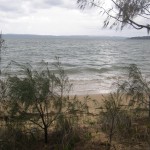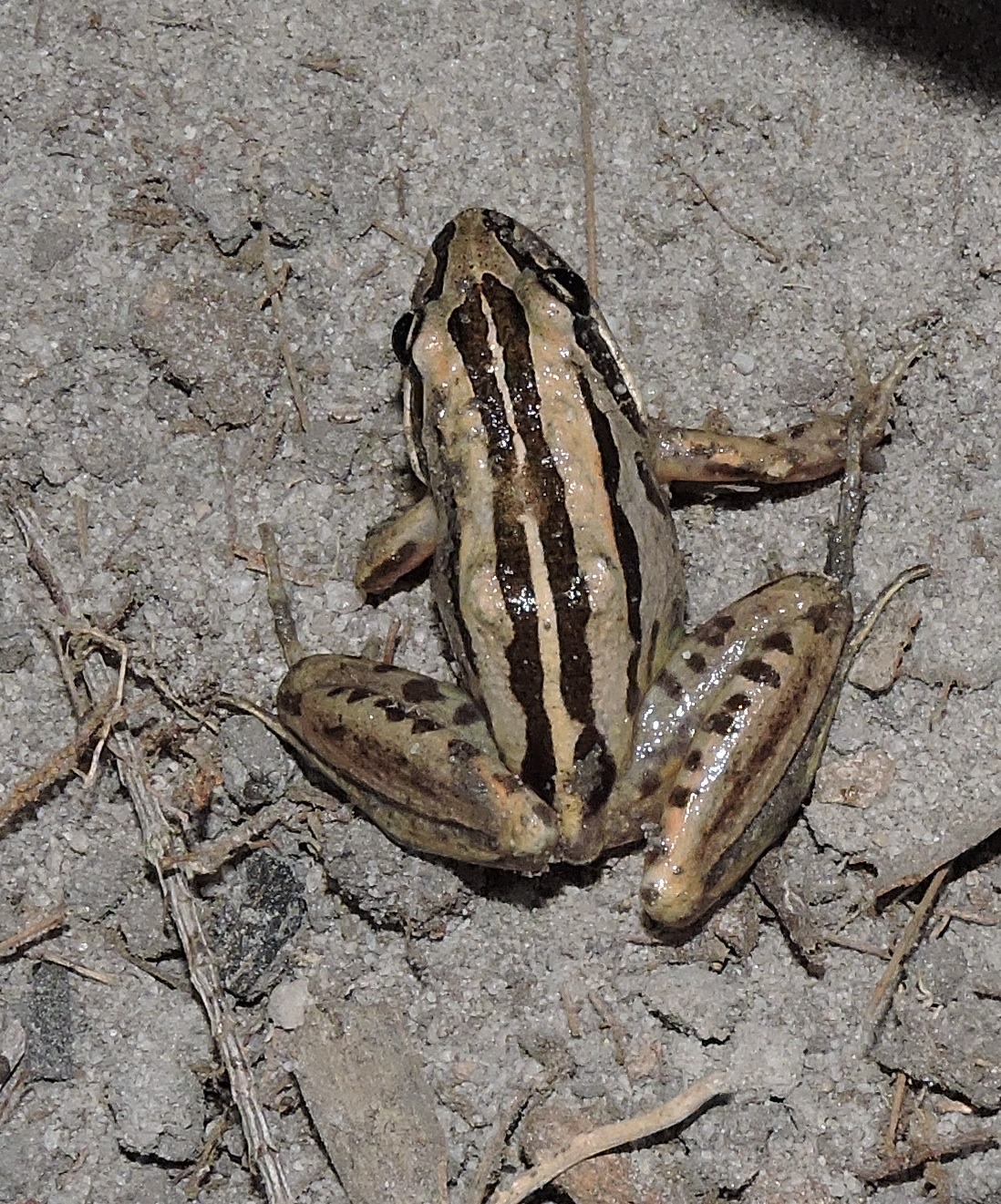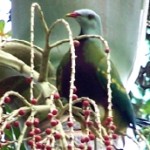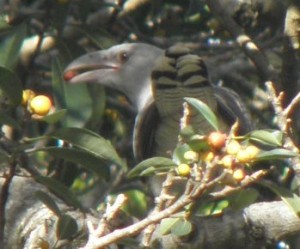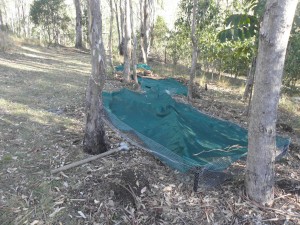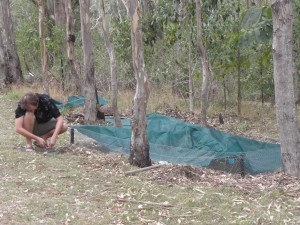For some years now we’ve been conducting tours to Coochiemudlo Island, an attractive and varied little subtropical island with long sandy beaches over which thousands of blue crabs march as the tide recedes, rocky platforms, mangroves, coastal woodlands and red cliffs much prized by the Aboriginals, who used the red ochre for body painting and trade with mainland groups. Bush stone-curlews, with their arresting stares, raptors, butterflies, bush-birds, shorebirds and a variety of sea creatures in rock pools all add to the charm of this island, so close to Brisbane yet often so deserted as holiday-makers rush to the far more commercialized Gold Coast.
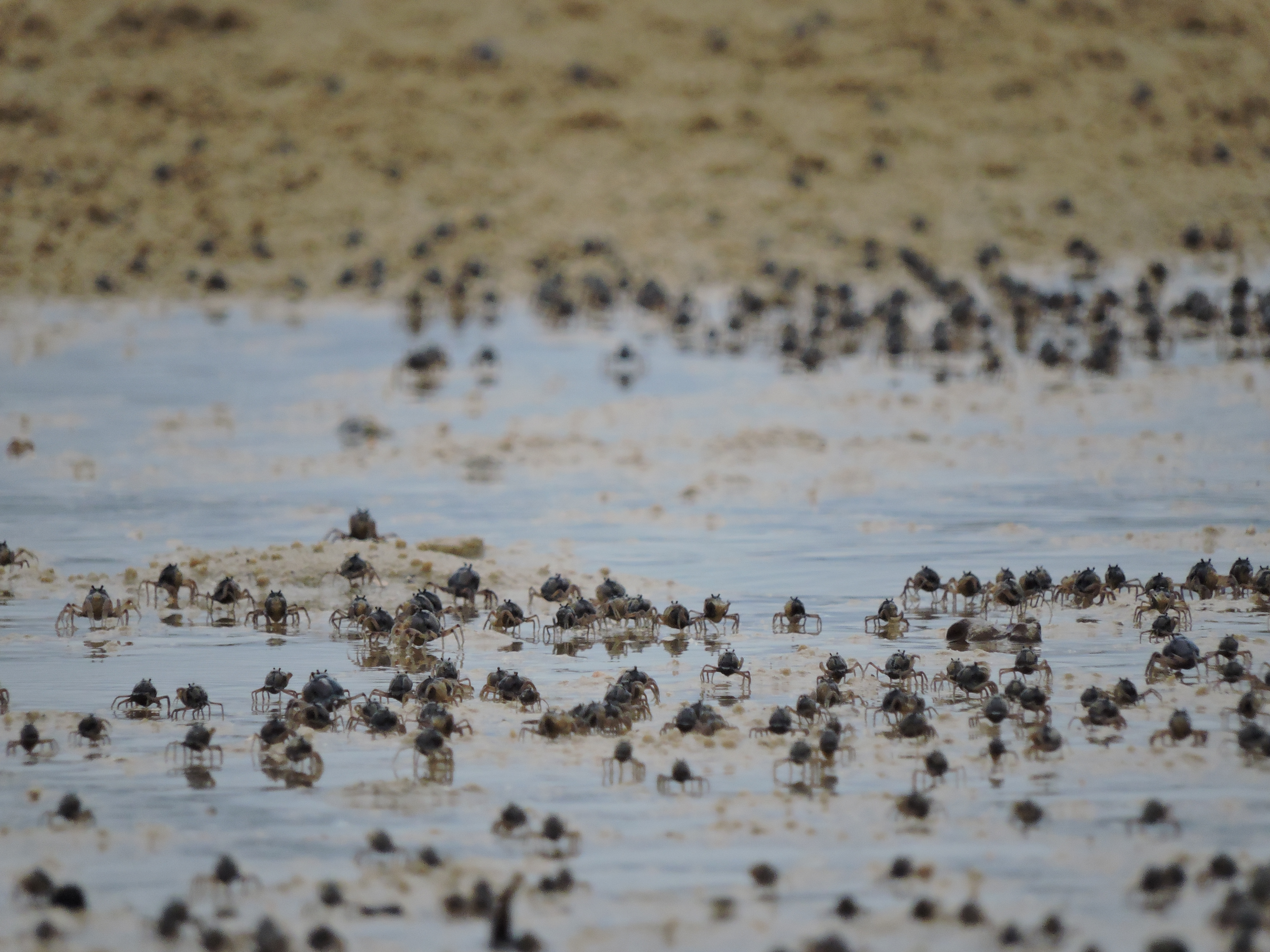
Unlike most crabs, they travel forwards instead of sideways’ often marching across the beach in search of food as the tide goes out: hence the name ‘soldier crab.’
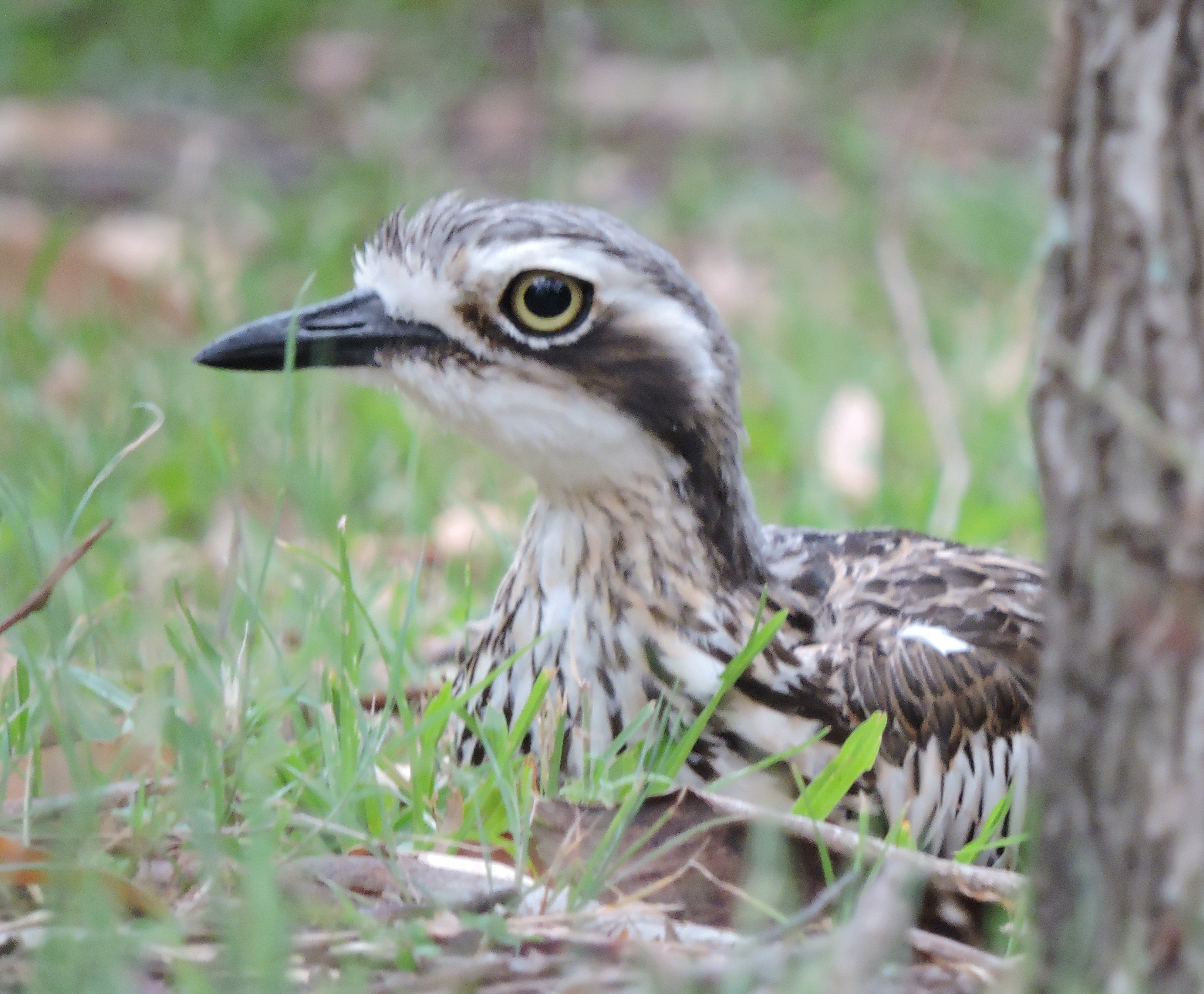
There are plenty of bush stone-curlews wandering around the island, and their weird, wild calls at night add to the atmosphere.
Darren and I have recently been employed by Coochiemudlo Coast Care (under a grant from Redlands Shire Council) to conduct a fauna survey o the Melaleuca (tea-tree) Wetlands over four seasons (mid-summer, mid-autumn, mid-winter and mid-spring, with a view to enhancing conservation management plans. We completed the first session in January, with a team of volunteers to help set, check and wash traps (used to capture animals which are promptly released after identification).
The delights of staying overnight, listening to the weird, wild calls of the stone-curlews, watching the sun and moon rise over the waters and wandering safe bush tracks at night are encouraging us to add overnight stays to our island tours. We may also in future involve our tourists in some weed eradication (an on-going threat to the native understorey plants) in conjunction with the excellent programs by Coochiemudlo Coast Care, and spotting species in a monitoring program. Let us know in comments below or by emailing us at info@learnaboutwildlife.com if interested.
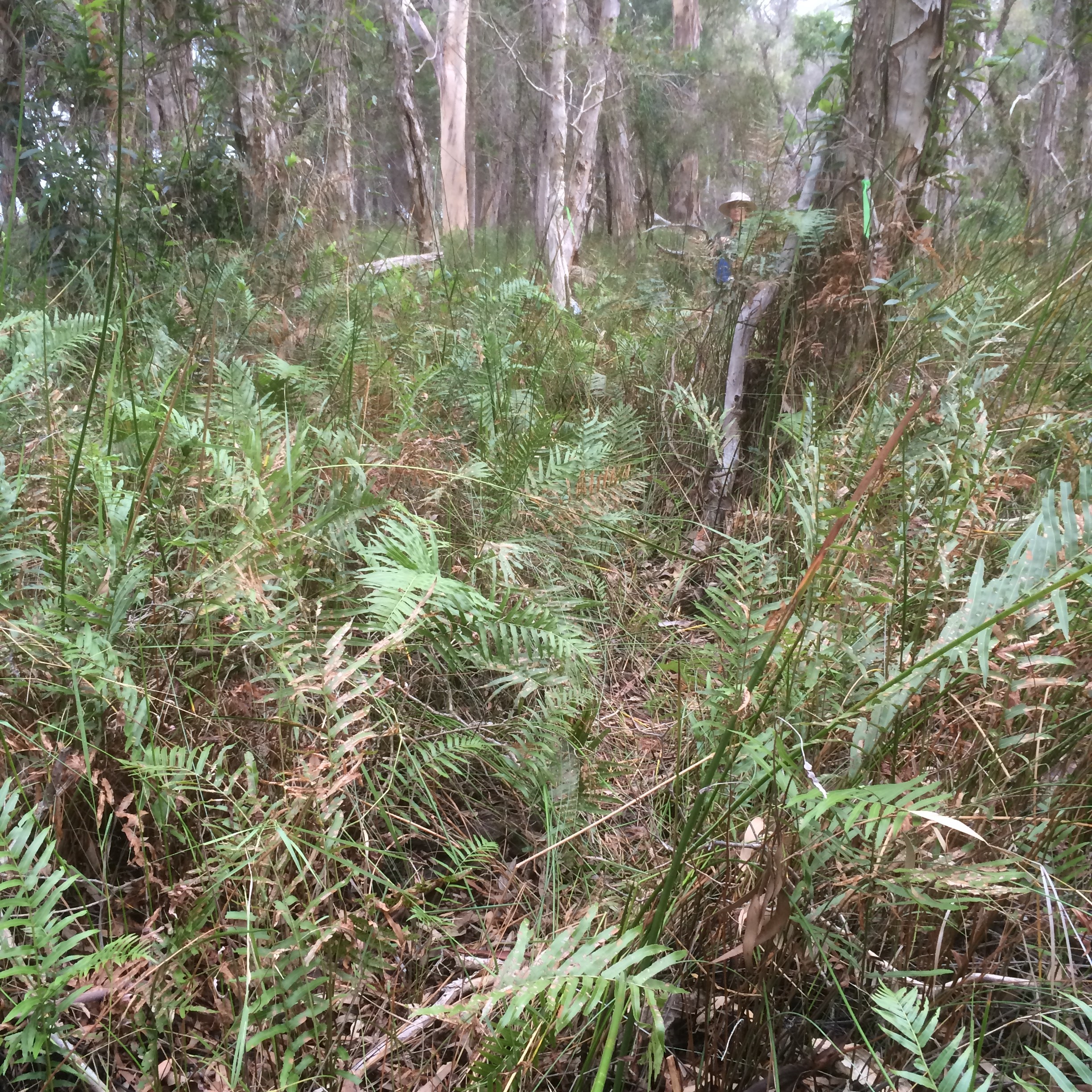
Exploring the Wetlands. Tea-tree wetlands have disappeared from much of their former range on the mainland.

The Melaleuca Wetlands are on the edge of an east-facing beach, and we were rewarded on our very first night by a beautiful moonrise.
Results will not be public until completion of the survey, but here are a few photos from our visit, which included live trapping and release, walking the trails day and night and setting motion-sensing cameras.

